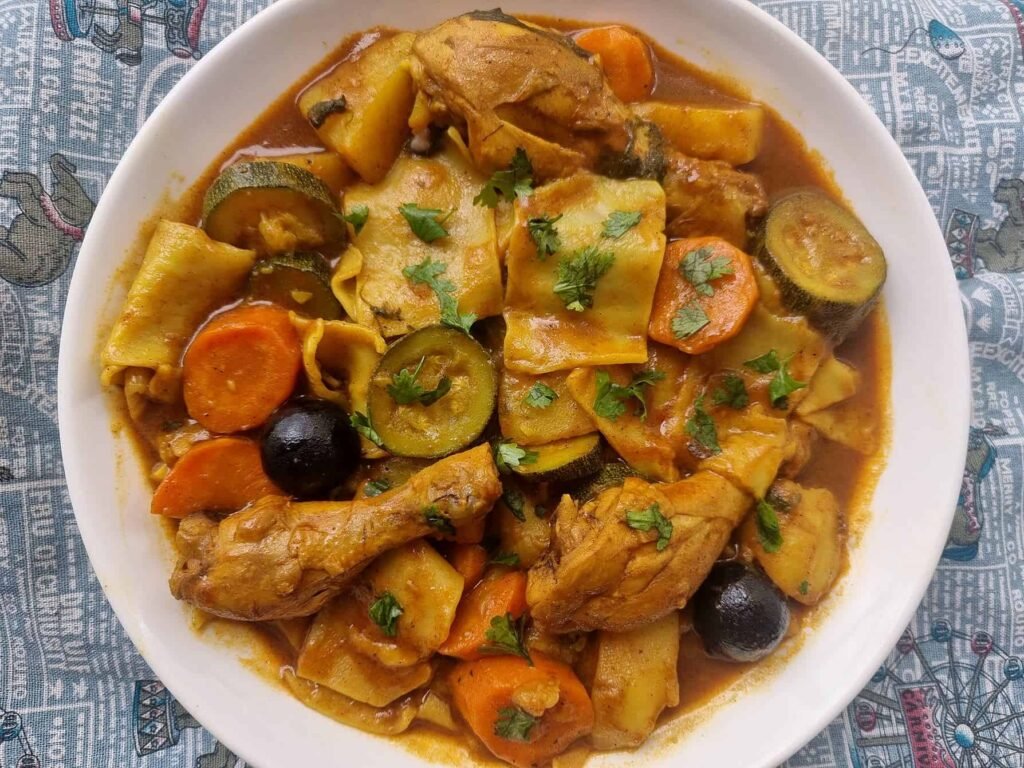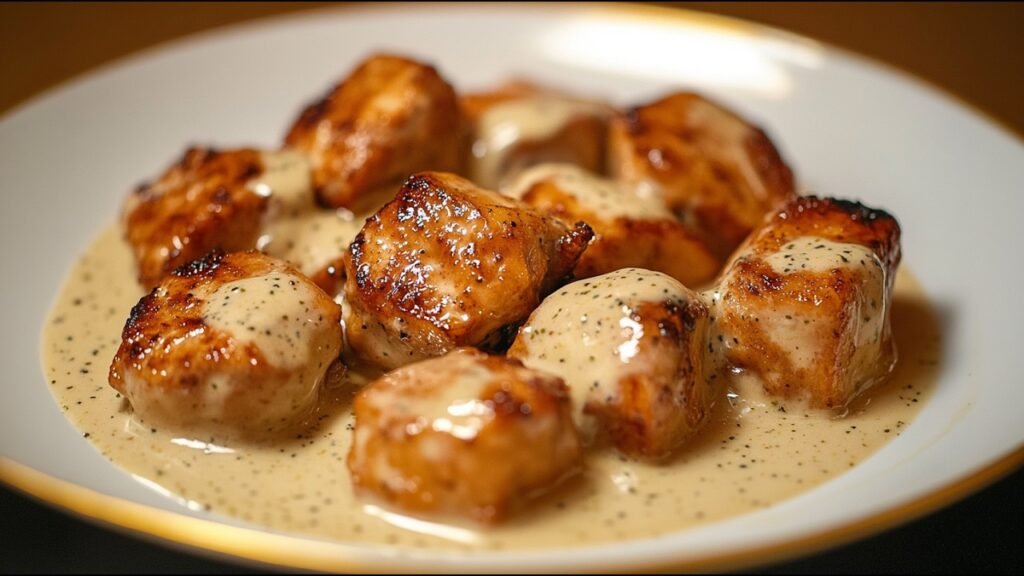The United Arab Emirates is a melting pot of cultures, cuisines, and traditions. While most people living in or visiting the UAE are familiar with dishes like hummus, shawarma, and falafel, there’s an entire world of Arabian Dishes that often go unnoticed. These lesser-known dishes offer a true taste of the region’s heritage—and they’re waiting to be discovered across the Emirates.
Let’s take a flavorful journey through some unique Arabian dishes that rarely make it to mainstream menus but are worth every bite.
Harees: The Ancient Emirati Comfort Food
Harees is a slow-cooked dish that combines wheat and meat into a rich, creamy porridge. It’s traditionally served during Ramadan and on special occasions, but it’s not commonly found in regular restaurants. The process of making Harees is time-consuming, requiring hours of cooking and stirring until the grains melt into the meat.

Its simplicity is what makes it special. With just a pinch of salt and a touch of ghee, Harees delivers comfort and flavor in every spoonful. It’s often served in large pots for family gatherings and symbolizes generosity and unity in Emirati culture.
Madfoon: A Smoky Surprise from the South
Madfoon is a dish that comes from the southern parts of the Arabian Peninsula and is slowly gaining attention in the UAE. It involves marinating meat—usually lamb or chicken—with a mix of regional spices before it’s cooked in an underground pit. The result is smoky, tender, and packed with flavor.

This traditional cooking method, similar to a natural oven in the sand, gives the meat a unique taste that can’t be replicated by regular ovens. While a few specialty restaurants in the UAE are beginning to offer Madfoon, many residents and tourists still haven’t had the chance to try it.
Margoog: A Spiced Stew with Handmade Dough
If you’ve never heard of Margoog, you’re not alone. This hearty dish is popular in Saudi Arabia and Kuwait but is rarely seen on UAE menus. It’s a stew made with meat, vegetables, and pieces of hand-rolled dough that soak up the spicy tomato broth.
The dish is both comforting and filling. The dough pieces, known as “ragag,” are similar to pasta and give the stew a chewy texture that pairs perfectly with the tender meat. Margoog is usually made at home, making it one of the best-kept secrets in Arabian home cooking.

Fattat Hummus: A Twist on the Classic Dip
Most people know hummus as a smooth chickpea dip, but Fattat Hummus takes things to another level. This Levantine-inspired dish layers hummus with fried bread, chickpeas, yogurt, and tahini, then finishes with a sizzling garlic and butter topping. It’s warm, crunchy, creamy, and completely addictive.
Though more common in Levantine homes, Fattat Hummus is slowly finding its way into fusion-style cafés in the UAE. It’s a dish that surprises most diners who think they already know what hummus is supposed to be.
Sayadieh: A Coastal Delight You Shouldn’t Miss
Sayadieh is a traditional fish and rice dish that originated from the coastal cities of the Middle East. It’s usually made with white fish, such as hamour, and served with spiced rice and caramelized onions. The flavor profile is rich but balanced, with hints of cumin, cinnamon, and allspice.
While seafood is popular in the UAE, Sayadieh remains under the radar. It’s more commonly prepared in Gulf and Levant households rather than restaurants, which is a shame because this dish deserves to be on every seafood lover’s list.
Saloona: The Everyday Emirati Stew
Saloona is a flavorful stew that is deeply rooted in Emirati culture. It’s made with a variety of vegetables, meat, and a tomato-based broth seasoned with garlic, ginger, and turmeric. What makes Saloona special is that it changes based on the season and what’s available—some versions have pumpkin, others use okra or potatoes.
Though it’s a staple in many local homes, Saloona is rarely promoted to tourists or even expats. It’s often considered “home food,” but the dish’s simple yet satisfying nature makes it a must-try for anyone looking to explore real Emirati flavors.
Arseeyah: Creamy Chicken Like You’ve Never Had Before
Arseeyah is one of the most unique chicken dishes in the Gulf. It combines shredded chicken with rice and blends them into a smooth, almost creamy mixture. Unlike biryani or mandi, this dish has a softer texture and is lightly seasoned with cardamom and cinnamon.

It’s traditionally served with a dollop of ghee and is best eaten warm. Many people are surprised by the consistency, which falls somewhere between risotto and porridge, but quickly fall in love with its rich, comforting flavor.
Khabeesa: A Sweet Breakfast with a Twist
Not all Arabian dishes are savory. Khabeesa is a traditional breakfast or dessert made with roasted flour, sugar, cardamom, and saffron. It has a crumbly, slightly sticky texture and is often enjoyed with a cup of Arabic coffee or tea.
Khabeesa isn’t commonly found in cafés or bakeries, but it’s a beloved treat in many Emirati homes. It represents a sweet start to the day and is often made during Eid and other festive mornings.
Where to Find These Hidden Gems
While some of these dishes are starting to appear in specialty restaurants and pop-up events across the UAE, your best bet to try them is by visiting Emirati-owned eateries or attending cultural festivals. Events like the Sheikh Zayed Heritage Festival or local food markets in Abu Dhabi and Sharjah often feature traditional cooking stands that serve these rare dishes.
If you’re lucky enough to be invited into a local home, you may even get to try one of these meals prepared in the most authentic way possible—by hand, with love, and passed down through generations.
Why You Should Try Them Now
In a country known for its luxury dining and international cuisine, it’s easy to overlook the deeply rooted culinary traditions of the region. But these lesser-known Arabian dishes offer more than just new flavors—they tell stories of heritage, family, and resilience.
Each bite is a step back in time and a reminder of the diversity that lives within the UAE. So the next time you’re looking for something different to eat, go beyond the usual mezze platter. Search out one of these hidden gems and let your taste buds experience the Arabian Peninsula in a whole new way.
Also read: Discover 2025’s Best Homegrown Restaurants You Can’t Miss Today














